Re: Mike's Cabrio Build
As I am writing this build diary up, I've come to realise there is not much I haven't modified along the way - I knew there was a good reason for taking 7 years to build it!
The Battery Tray
I have another pet hate - vehicles with duff batteries. It comes from using my father's now very old tractors, and forklifts that never b****y start when I want to borrow them! Invariably I have to go and find the booster charger, and wait 10 minutes, and even then have to squirt Easystart in to the air filter. Half an hour jobs take more than that to get the b****dy things going!
So, I vowed I would fit the BIGGEST most powerful battery I could in my Cabrio. I had a chat with our local auto electric supplier, and he told me the size of the standard battery fitted to the BMW 325i. Armed with this I went and checked my battery tray - it would n't fit.
So........you've guessed: I modified it:
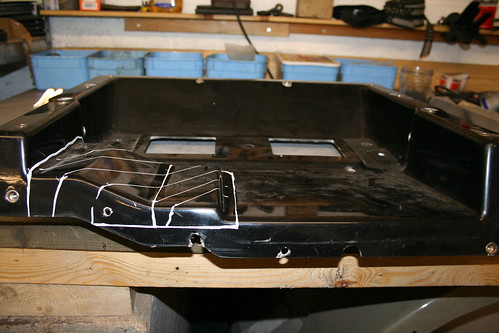
The Marlin Cabrio is a Sierra based kit; it was designed for the heater pipes running from the Ford engine through the bulkhead to the heater on the off side, and the battery tray was designed to kick up over them (the area shaded in white tipex).
The BMW engine has all its pipe work on the near side, so the Sierra holes in the bulkhead and therefore the hump in the battery tray is redundant - so I removed it.
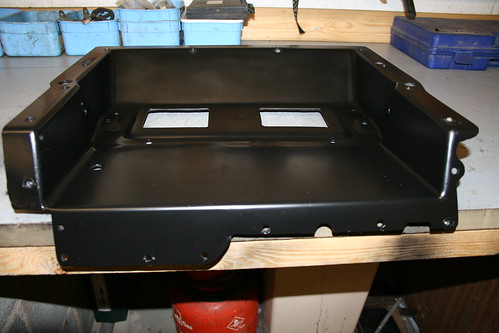
This has allowed a longer, heavier duty battery to be fitted.
The one problem I have created for myself, is that the height of the battery means I have to undo the rear bonnet hinge to generate sufficient headroom to lift the battery out! However, it has a 5 year guarantee, so that's not too big a hardship.
Whilst I am into the GRP side of the build, there is an infamous problem with the Cabrio's boot lid - THE HUMP!
Marlin state in the manual, and I quote:
"The top inside piece of the drip rail may need to be shaved away for fitting clearance. This point on the boot lid as supplied may be found to be raised slightly. This is to allow for the weight of the spare wheel"
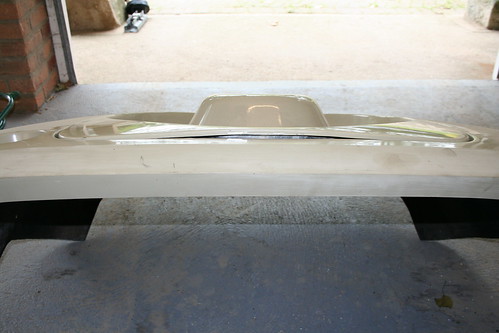
Raised slightly?! - it must be 15mm too high!

I had stored a Sierra spare wheel on my boot lid for 2 years, and this is what it looked like afterwards! How long does it take to settle????
If you look closely at the photos above, you can just see the corners of the lid slope away significantly.
It struck me it might be possible to warm the GRP up slowly, and then clamp a straight edge across the top of the lid, let it cool slowly, and the hump might be successfully removed.
I spent two hours with an electric air gun gently warming up the lid, so that it did not damage the GRP, then clamped a straight edge to it, and this was the result:
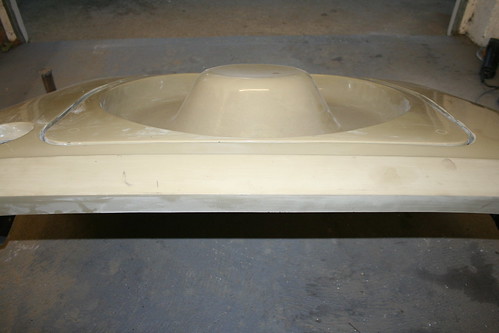
I think I can be forgiven for thinking I had been a pretty clever little boy, and resolved the problem beautifully. It looks pretty good. ( though it doesn't stand close scrutiny - the top edge works beautifully, but look 100mm+ down the sides and the old dip is still apparent).
However, it seemed to me a big improvement over the original shape.
But that's not the end of the story.................
As I am writing this build diary up, I've come to realise there is not much I haven't modified along the way - I knew there was a good reason for taking 7 years to build it!
The Battery Tray
I have another pet hate - vehicles with duff batteries. It comes from using my father's now very old tractors, and forklifts that never b****y start when I want to borrow them! Invariably I have to go and find the booster charger, and wait 10 minutes, and even then have to squirt Easystart in to the air filter. Half an hour jobs take more than that to get the b****dy things going!
So, I vowed I would fit the BIGGEST most powerful battery I could in my Cabrio. I had a chat with our local auto electric supplier, and he told me the size of the standard battery fitted to the BMW 325i. Armed with this I went and checked my battery tray - it would n't fit.
So........you've guessed: I modified it:

The Marlin Cabrio is a Sierra based kit; it was designed for the heater pipes running from the Ford engine through the bulkhead to the heater on the off side, and the battery tray was designed to kick up over them (the area shaded in white tipex).
The BMW engine has all its pipe work on the near side, so the Sierra holes in the bulkhead and therefore the hump in the battery tray is redundant - so I removed it.

This has allowed a longer, heavier duty battery to be fitted.
The one problem I have created for myself, is that the height of the battery means I have to undo the rear bonnet hinge to generate sufficient headroom to lift the battery out! However, it has a 5 year guarantee, so that's not too big a hardship.
Whilst I am into the GRP side of the build, there is an infamous problem with the Cabrio's boot lid - THE HUMP!
Marlin state in the manual, and I quote:
"The top inside piece of the drip rail may need to be shaved away for fitting clearance. This point on the boot lid as supplied may be found to be raised slightly. This is to allow for the weight of the spare wheel"

Raised slightly?! - it must be 15mm too high!

I had stored a Sierra spare wheel on my boot lid for 2 years, and this is what it looked like afterwards! How long does it take to settle????
If you look closely at the photos above, you can just see the corners of the lid slope away significantly.
It struck me it might be possible to warm the GRP up slowly, and then clamp a straight edge across the top of the lid, let it cool slowly, and the hump might be successfully removed.
I spent two hours with an electric air gun gently warming up the lid, so that it did not damage the GRP, then clamped a straight edge to it, and this was the result:

I think I can be forgiven for thinking I had been a pretty clever little boy, and resolved the problem beautifully. It looks pretty good. ( though it doesn't stand close scrutiny - the top edge works beautifully, but look 100mm+ down the sides and the old dip is still apparent).
However, it seemed to me a big improvement over the original shape.
But that's not the end of the story.................






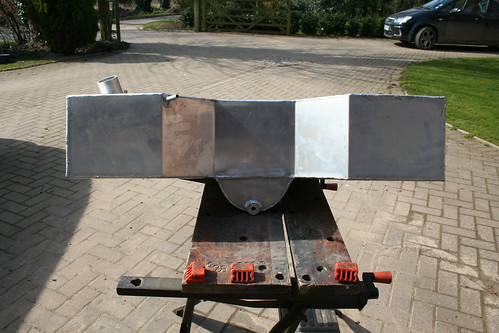
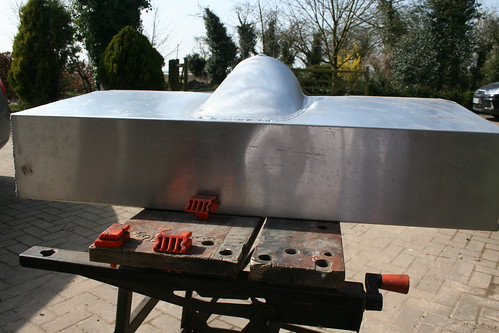
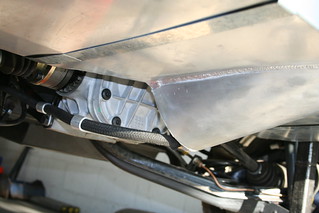
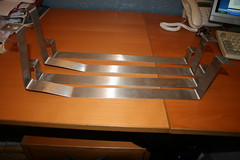

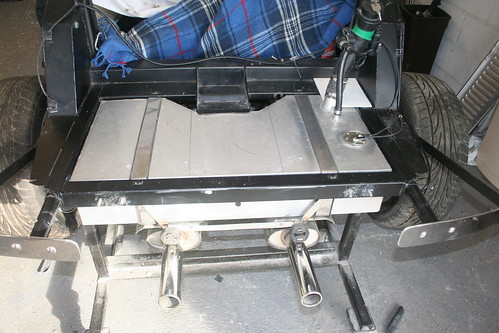
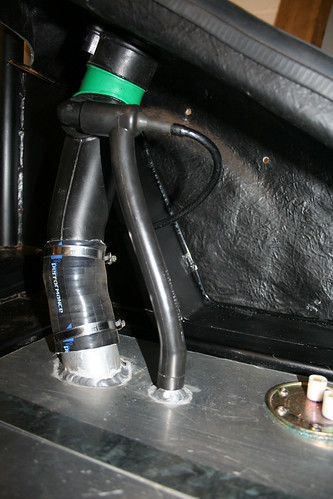
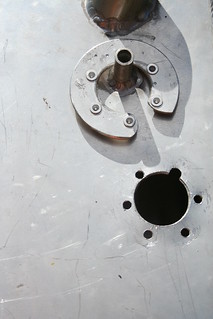



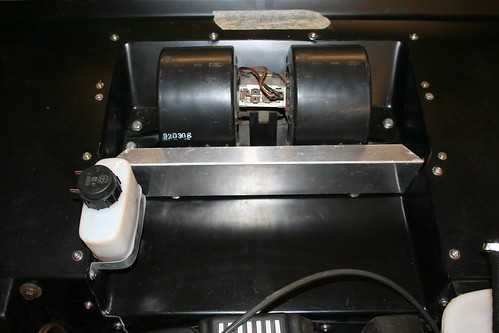

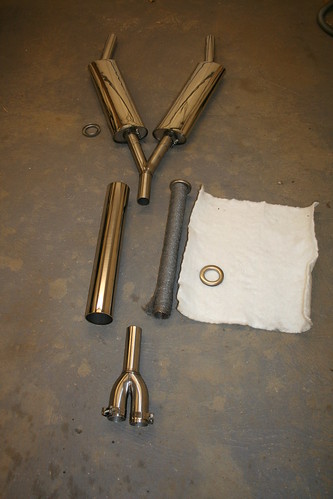
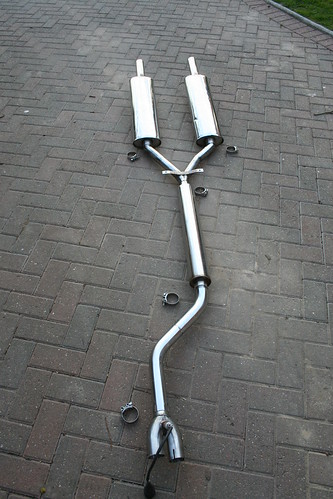
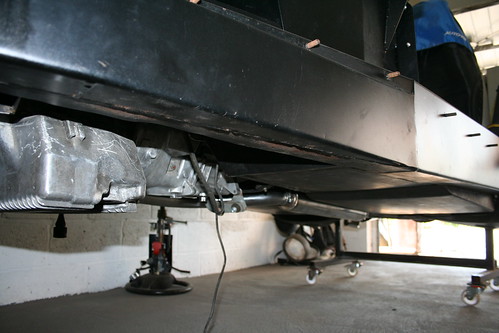

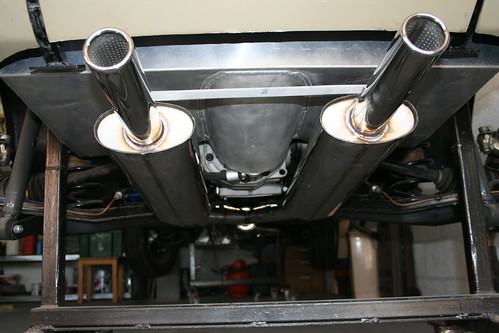
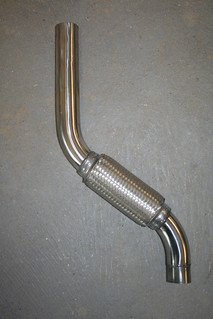





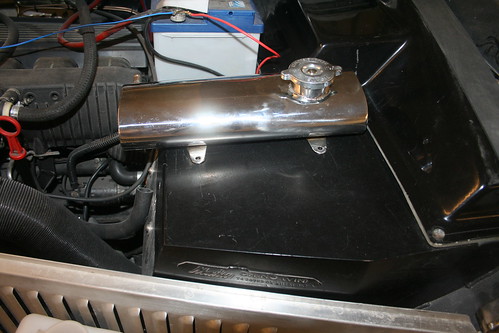

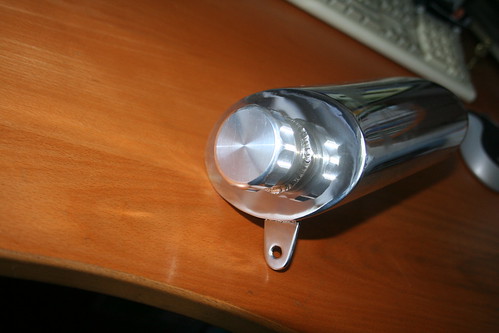
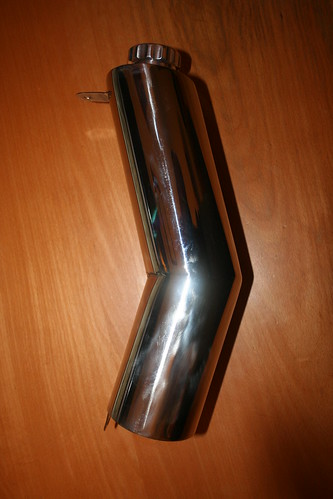
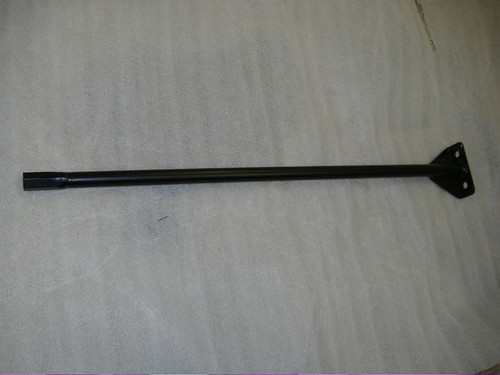
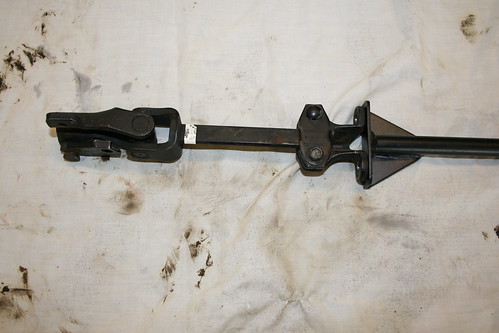
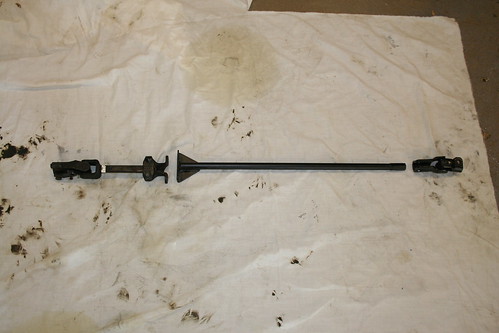
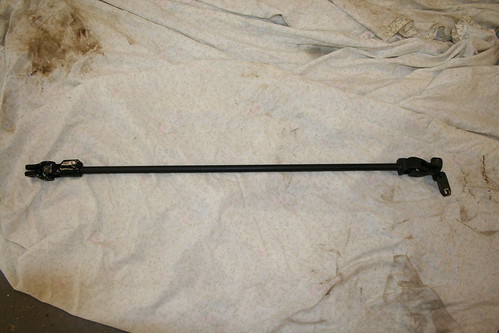
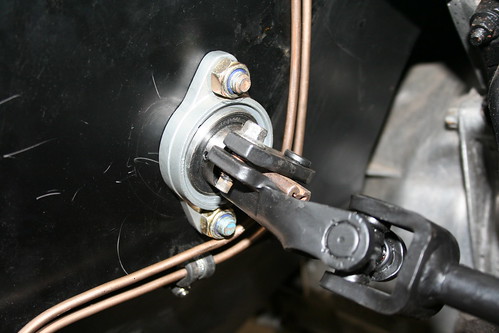
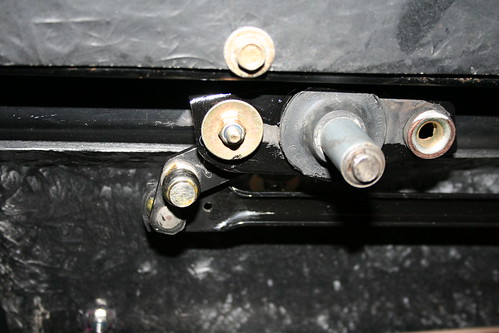
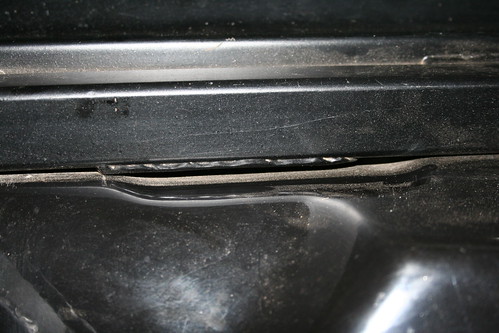

Comment